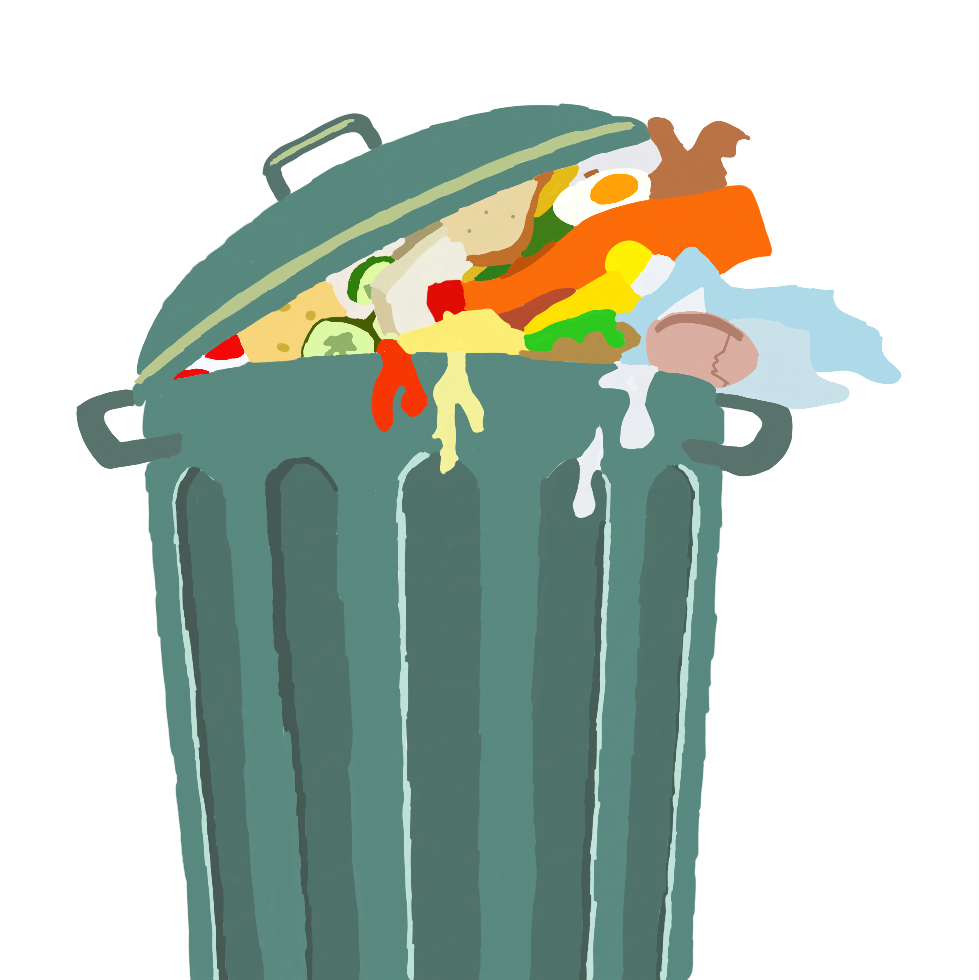At 10:10 am, I walk into my Tutorial class, and by the end of the period an hour later the previously empty trash can is filled to the brim with individual, plastic cereal cups.
“I would say I go and get a cereal box for breakfast most mornings, so maybe four days a week,” Tamalpais High School junior Nina Churan said.
That’s just one student, right? One student, one week, four cereal cups. That’s 144 cereal cups per student per school year. Even if only 20 students at our school got four cereal cups every week, that’s 2,880 individual, plastic cereal cups disposed of every school year. Meanwhile, that’s only a fraction of Tam’s roughly 1,600 students.
Most members of the Tamalpais High School community can agree that the relatively new lunch plan within California public schools is undoubtedly a beneficial one, as it provides students with free lunch, daily. There is no question that our school, and schools across the nation, struggle with equity gaps, so a free lunch installment is an excellent step towards combating some of those gaps. However, with this equitable advancement comes a vast amount of waste and single use plastic.
“It is correct to note that there is a connection between Universal Meals and the amount of packaging used to serve our meals,” Ben Guyton, the Director of Nutritional Services for the Tamalpais Union District, said.
Under the California Department of Education, high schools are required to provide two meals per student daily. An easy way for the school to ensure that there is enough food provided is by supplying individually packaged meals. But do the benefits of this packaging outweigh the costs?
In no way is the purpose of this article to shame students for eating from the cafeteria that they are entitled to eat from. Rather, it is to address the pressing issue within our school that is plastic waste, and figure out a way to have sustainable and equitable practices go hand in hand. While cereal cups are an example of single-use plastic in the cafeteria, they are certainly not the only forms of it. Most of the main courses like hamburgers and burritos are wrapped in foil with a plastic lining. Salads are usually packed in styrofoam containers. There are a couple of options that come with paper; although this is a better alternative, it’s still not great. In an article about paper packaging, the Harvard Business Review explains the growing trend of over packaging seen with paper. Most of the time, the paper packaging is unnecessary and reusables can be used instead.
“The amount of waste I see every day is very, very sad,” Sergio Chavez, campus supervisor said.
It is essential for Tam to find a way to fix this issue and have both equitable and sustainable practices. How can our community make Tam a more sustainable campus?
Let’s start with cereal cups. A single cup of cereal is much more expensive than buying large amounts of cereal (not individually packaged) in bulk.
“Packaging that we currently use ranges from 5 to 25 cents per piece,” Guyton reported.
If the school cafeteria began buying cereal in bulk bags and supplying students with biodegradable bowls, we would eliminate a vast amount of waste, and the cost wouldn’t vary.
In an article about buying in bulk, U.S. News verifies that buying in bulk is always the cheaper option long term, “When you buy an item in bulk, you’re almost always saving money on each use of that product. This might be a small difference per use – perhaps only a few pennies.”
Another easy switch could be changing the utensils in the cafeteria from plastic to wood. Granted, wooden utensils are significantly more expensive. Around two times more expensive, according to a UCLA article. Again, do the costs of plastic packaging outweigh the benefits?
The answer is yes. Investing in a sustainable cafeteria would not only better the planet, but also better Tam’s image and shed light on the school’s values.


